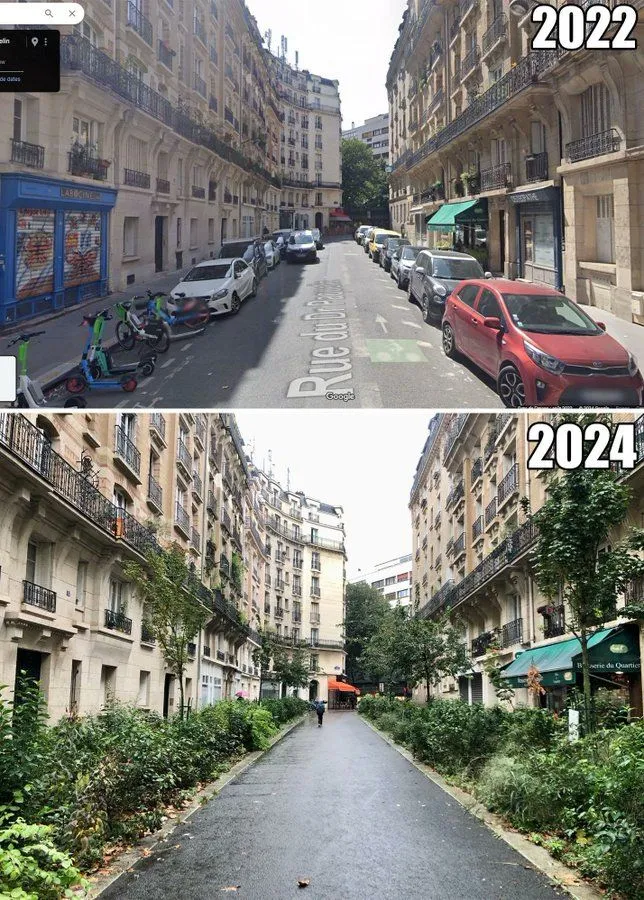Looking back 5 months later, this headline sucks.

From Roberts, David. “What’s Causing Climate Change, in 10 Charts.” Vox, September 11, 2020.
My theory of why people think electric personal transportation is sustainable is akin to recycling: control with purchasing power. It’s not like [Average Joe] can tell nearby electrical plants to build nuclear/solar/wind power. He can, however, trade his gas guzzling 2013 Toyota SUV for a Tesla Model X, a car manufactured with non-renewable electricity and rare earth metals fuelled by power plants that emit lots of carbon.
“I’m doing my part!”
— Average Joe
So if EVs won’t solve our climate problems, and traditional vehicles exacerbate them, what’s the point?
What I want is fewer cars. Less of them being created, assembled, shipped, driven, parked, idled, towed, fuelled, crashed, and repaired.

The less we rely on personal transportation, the more coverage, frequency, and funding public transportation gets. In this world, to get to a restaurant on the other side of town, I only have to walk 5 min and ride the bus for 15 minutes.
Currently, I have to walk 10, wait 5, ride the crowded bus for 10 and the train for another 10, and finally walk another 5 minutes. A car can get me there in 15 minutes.
Going back to sustainability:
- Trains and buses can have solar panels on them and not look stupid
- There are less trains and buses and thus less manufacturing emissions
- Powering one train to move 16 people takes a lot less energy than 16 cars
No rush hour, taxis/Ubers, drunk drivers, car insurance, BMW's with broken turn signals, huge trucks taking up two parking spaces, and road trips. Instead, adequate funding of accessible public transport, its infrastructure, and its fares with roads reserved for emergencies, occasions, freight, or bikes.
No more gifting kids hot wheels, building their obsession with manual transmission, and more buying recycled plastic train sets.
Funny enough, this world exists but not on this continent.